 Today’s SME reports “Ministry: Representatives of minorities supported amendment on the state language (http://www.sme.sk/c/4994369/ministerstvo-predstavitelia-mensin-podporili-novelu-o-statnom-jazyku.html). We learn in the article that:
Today’s SME reports “Ministry: Representatives of minorities supported amendment on the state language (http://www.sme.sk/c/4994369/ministerstvo-predstavitelia-mensin-podporili-novelu-o-statnom-jazyku.html). We learn in the article that:
Predstavitelia chorvátskej, rusínskej, nemeckej, bulharskej, poľskej a ruskej menšiny na dnešnom zasadnutí Rady vlády SR pre národnostné menšiny a etnické skupiny vyjadrili podporné stanovisko k prijatej novele zákona o štátnom jazyku.
Which translates roughly as:
Representatives of the Croatian, Rusyn, German, Bulgarian, Polish and Russian minorities in today’s meeting of Slovakia’s Government Council for national minorities and ethnic groups expressed a supportive position to the passage of amendments to the law on state languages.
Without wishing to pass direct judgment on this story, I want simply to note that it is strikingly reminiscent of the efforts of Meciar’s Movement for a Democratic Slovakia to justify its own language law (and all of its other nationality-related policies) in the mid-1990’s. The argument is a rather clever one: most nationalities do not mind the law, so why should the Hungarians (and sometimes Roma). We love minorities (we even have a council for them) and minorities love us (they support the law), so Hungarians’ refusal to support this policy is a sign that they do not play by the same rules.
What the argument omits, of course, is that while from a technical standpoint, Hungarians (and Roma) are minorities when compared to the majority Slovak population, not all minorities are created alike. Hungarians constitute more than 10% of Slovakia’s population and in some parts of Slovakia, they are the dominant population (something similar same can be said, though in slightly different terms, for Roma). The same cannot be said for the minorities listed above all of whom, according to the 2001 census, together total 35,868 people which is less than 0.7% of Slovakia’s population and 7% of its Hungarian population. Unlike Hungarians (and Roma), Croatians, Bulgarians, Germans, Poles and Russians do not live in communities that would lead them to expect that they could lead lives in their own language without constant translation to and from Slovak. (For Rusyns it is perhaps a bit different, but the language is close enough to Slovak that the translation is less difficult) and so the language law (and one can take a variety of views on its advantages and flaws) is not particuarly relevant. Not so for Hungarians, in particular. So knowing what Slovakia’s small minorities think about the language law is not particularly useful for making an assessment of the validity of the claims of larger minorities with what American congressional-district designers would call “majority-minority” communities.
I am curious whether this particular exercise of treating unequal things as equals (a strategy taken to its height in the US by columnist David Brooks) will go any further in Slovakia. For Meciar’s HZDS, “treating all minorities equally” (a laudible goal unless there are reasons not to) was the mechanism by which the government marginalized Hungarian claims: If a right could not be given to Rusyns or Germans, it would not be fair to give it to Hungarians. If the state couldn’t support a Croatian-language university, it certainly wouldn’t be appropriate to establish a Hungarian-language university, and so on. The HZDS government even went to the extent of publishing (with EU funds) a publication called “Nationalities News” in which identical stories appeared in Hungarian, Rusyn, German and Slovak. (That many of the stories focused on the perfidy of Hungarians, including one on the Hungarian troops that crossed the border of Slovakia during the August 21, 1968 invasion was simply to add insult to the rather significant injuries that became possible once all nationalities were regarded as equals.)
In addition to the political ramifications, all of this points at two rather significantly different understandings of the relationship between Slovaks and Hungarians. Many Slovaks hold the opinion that Slovakia belongs to them, ethnic Slovaks. It is named after them, and they are the state-forming (statotvorny) nation. Others are, if not guests (and even many with strong national views would not go that far), at least minorities, and to make distinctions among them would be inappropriate as well as politically inexpedient. At the other extreme are Hungarians who argue that Hungarians are also a state-forming nation in Slovakia and should be entitled to all the advantages of living in a country in which one constitutes a majority. (Actually, of course, there is a more extreme position that Hungarians in Slovakia should bring about their majority status by bringing the territory under the political control of Hungary. For my part, however, I have never met anyone in Slovakia who would admit espousing this position, though I’m willing to admit that without speaking Hungarian I probably wouldn’t be likely to meet such people). It is notable, that those who claim Hungarians’ statotvorny status do not usually extend it also to Roma or Rusyns or Germans, and in that resemble their ethnic Slovak counterparts.
I will also be curious to see, as tensions rise, whether the philosophical justifications go as far as they did 14 years ago.

 Douglas Muir at
Douglas Muir at 
 I know Slovakia’s journalists are overtaxed with all that is required of them, but there are things they could do to make things better without too much extra work. Case in point: today all major Slovak news sources today report, almost word for word, a press release from the firm Median reporting poll results from July:
I know Slovakia’s journalists are overtaxed with all that is required of them, but there are things they could do to make things better without too much extra work. Case in point: today all major Slovak news sources today report, almost word for word, a press release from the firm Median reporting poll results from July: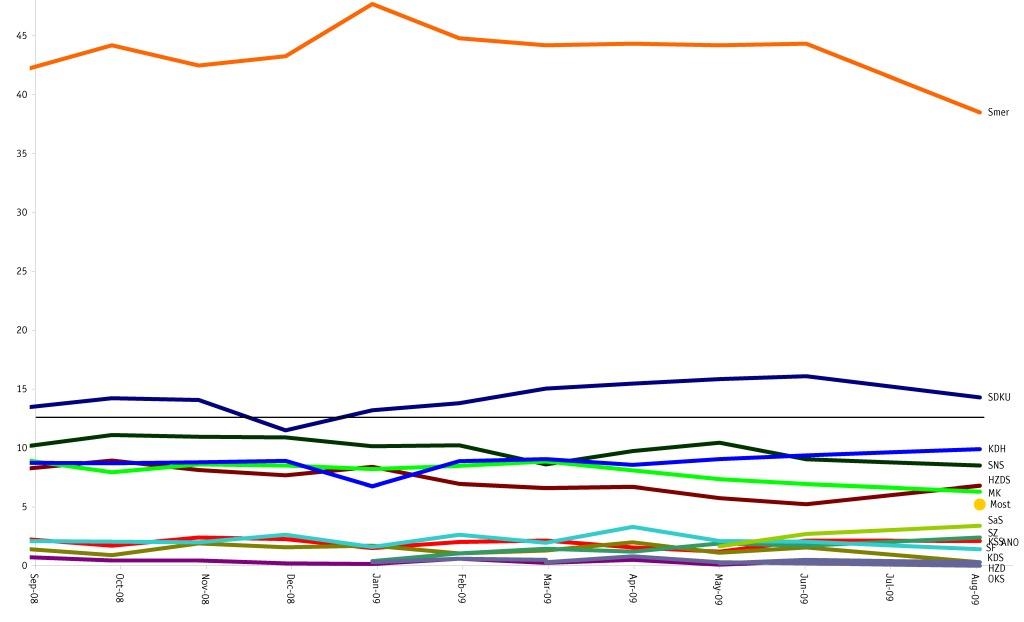
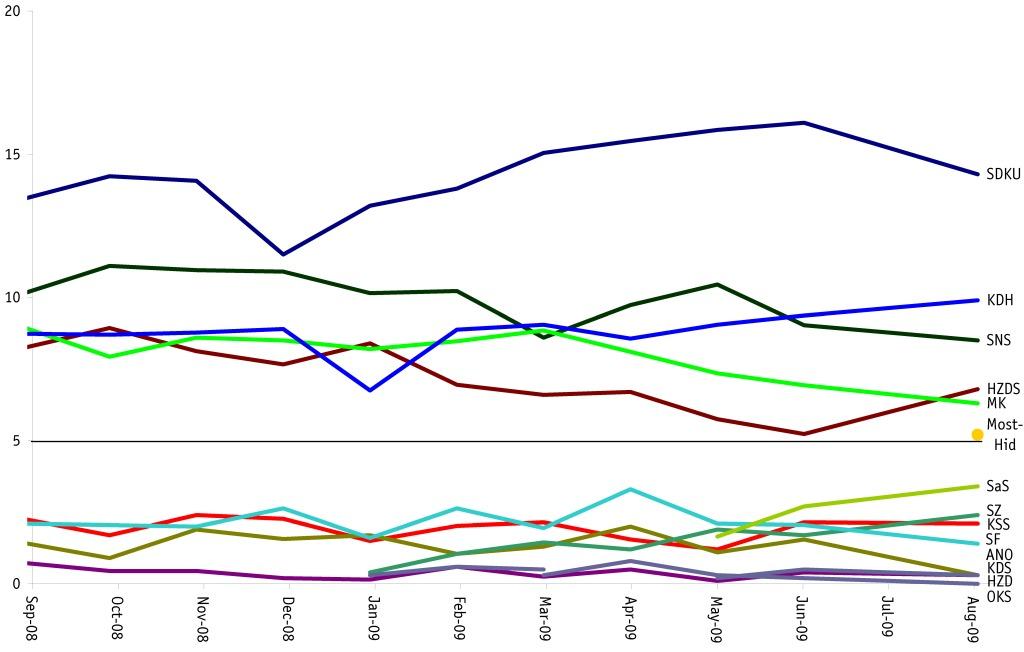
 This headline is from Vice Premier Dusan Caplovic is too piquant to ignore:
This headline is from Vice Premier Dusan Caplovic is too piquant to ignore: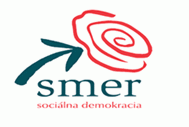
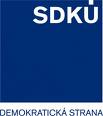 While I do not often write about particular political statements,
While I do not often write about particular political statements, 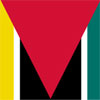 In October my university will be sending a number of remarkable students and faculty members to Mozambique to watch elections in one of Africa’s vibrant democracies, and I have the great good fortune (especially great in light the distinct absence of references to Mozambique in my professional work) to help coordinate the trip.
In October my university will be sending a number of remarkable students and faculty members to Mozambique to watch elections in one of Africa’s vibrant democracies, and I have the great good fortune (especially great in light the distinct absence of references to Mozambique in my professional work) to help coordinate the trip.